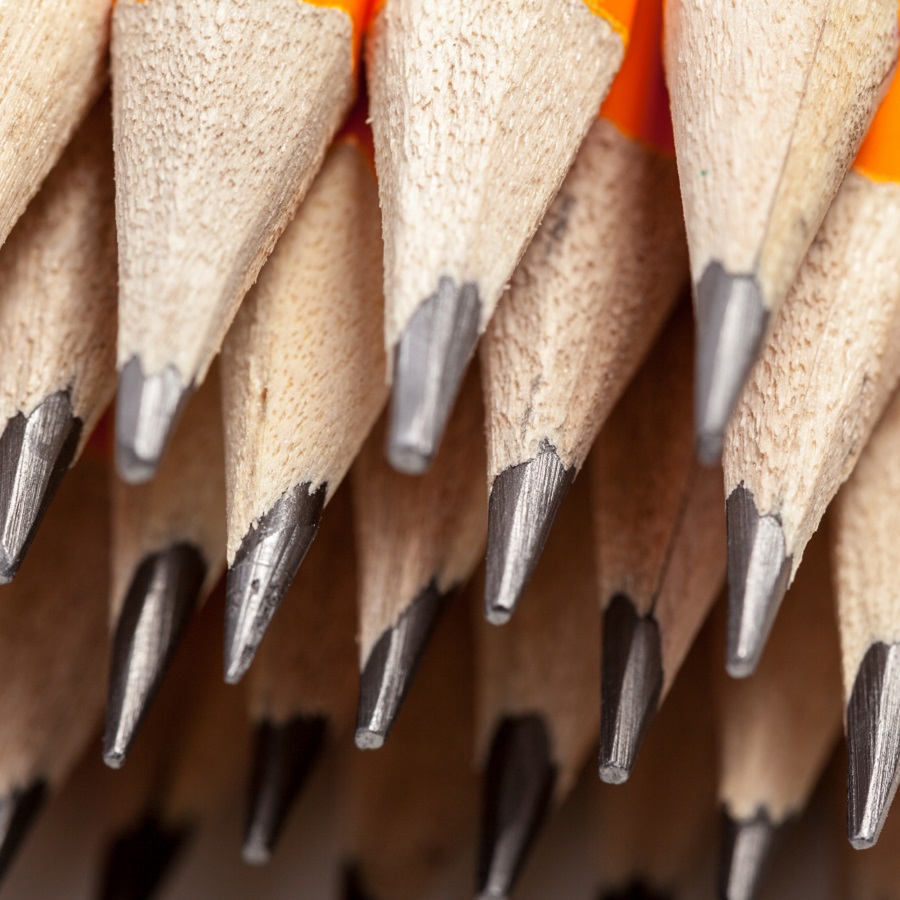Pencil sketching can be a relaxing and rewarding hobby, perfect for anyone looking to unwind and express their creativity. With just a few basic tools, anyone can start creating beautiful sketches. This guide will walk you through choosing the right pencils, essential sketching techniques, and common mistakes to avoid. Whether you’re a beginner or have some experience, you’ll find valuable tips to help you improve your skills.

Why Choose Pencil Sketching
Pencil sketching is incredibly accessible and requires minimal investment. Unlike other forms of art that might need expensive materials, all you need to start sketching are pencils, paper, and an eraser. This makes it an ideal choice for beginners and those looking to explore their artistic side without breaking the bank.

Moreover, pencil sketching allows you to focus on fundamental drawing skills such as line work, shading, and texture. Because it is monochromatic, you can concentrate on mastering these basics without the added complexity of color. This makes it simpler to see progress and improvement over time, which can be very encouraging for beginners.
Basic Tools and Materials
Choosing the right pencil is crucial for achieving different effects in your sketches. Pencils come in a variety of grades, from hard to soft. Here are some commonly used options:
-
2H
: Ideal for light areas and fine details. This hard pencil is great for outlining. -
H
: Slightly softer than 2H, it’s also used for highlights and intricate details. -
B
: This soft pencil is excellent for shading and dark areas. -
2B
: Good for mid-tones and smooth transitions in shadowing. -
4B
: Perfect for deeper shadows and dark areas, it provides a richer tone. -
6B
: Best for large, dark shading areas, this extremely soft pencil allows for quick coverage. -
8B
: Extremely soft, it’s used for the darkest shadows and rich textures.
When starting out, you don’t need every pencil grade. A basic set including 2H, H, B, 2B, and 4B will suffice for most beginner projects. You can find these pencils through suppliers like
durzerd
or purchase sets for personal use from stores like
cpencils
.
In addition to pencils, high-quality paper and a good eraser are essential. Smooth paper is ideal for detailed work, while textured paper can add interesting effects to your sketches. A kneaded eraser allows you to remove graphite cleanly and can be shaped to erase small details.
Basic Techniques for Beginners
Starting with simple lines and shapes is the best way to get comfortable with pencil sketching. Practicing lines, circles, and other basic forms can help you gain control and precision. From there, you can move on to more complex shapes and figures.
Shading and creating gradients are essential for adding depth to your sketches. Begin by practicing light to dark shading with a single pencil grade, then experiment with different grades to see how they can be combined for more nuanced effects. Observation is also key; try to sketch objects from real life to improve your ability to capture light, shadow, and texture.
For instance, sketching a simple object like an apple can teach you a lot about shading and texture. Notice how the light hits the apple and where the shadows form. Use your 2H and H pencils for the lighter areas and your B and 2B pencils for the darker shadows.
Common Mistakes and How to Avoid Them
Every beginner makes mistakes, but recognizing and correcting them can speed up your learning process. One common mistake is pressing too hard with the pencil. This can make your lines difficult to erase and leave indentations in the paper. Keep your hand relaxed and use light strokes to build up shading gradually.
Another frequent issue is overworking a sketch. It’s easy to become fixated on perfecting details, but this can lead to muddy or overly complicated drawings. Know when to step back and consider your sketch as a whole. Sometimes, less is more.
Finally, avoid getting discouraged by slow progress. Artistic skills take time to develop. Set aside regular practice time and focus on gradual improvement rather than immediate perfection. Seeking feedback from more experienced artists can also provide valuable insights and inspiration.
Practice and Progress
Consistent practice is the key to improvement in pencil sketching. Make it a habit to draw daily, even if it’s just for a few minutes. Start with simple subjects before moving on to more complex compositions. Over time, you’ll notice significant improvements in your technique and confidence.
Joining sketching communities, either online or locally, can be incredibly beneficial. Websites like
SketchCrawl
offer opportunities to participate in group sketching events, where you can share your work and receive constructive feedback. This community support can be motivating and help you stay committed to your practice.
Sketching can be a deeply personal and satisfying endeavor. With the right tools, techniques, and mindset, anyone can master the basics and enjoy the process of creating art.



